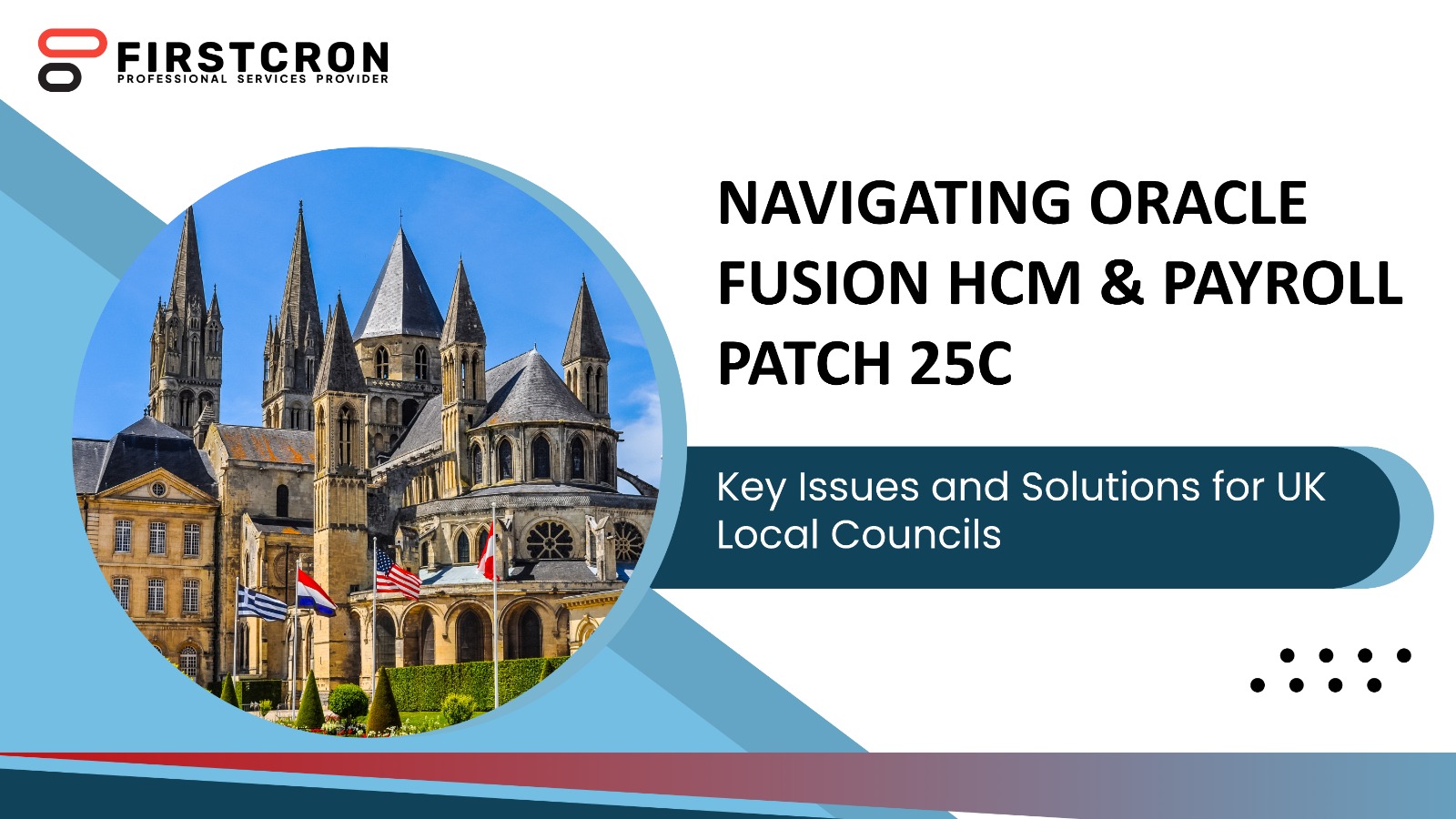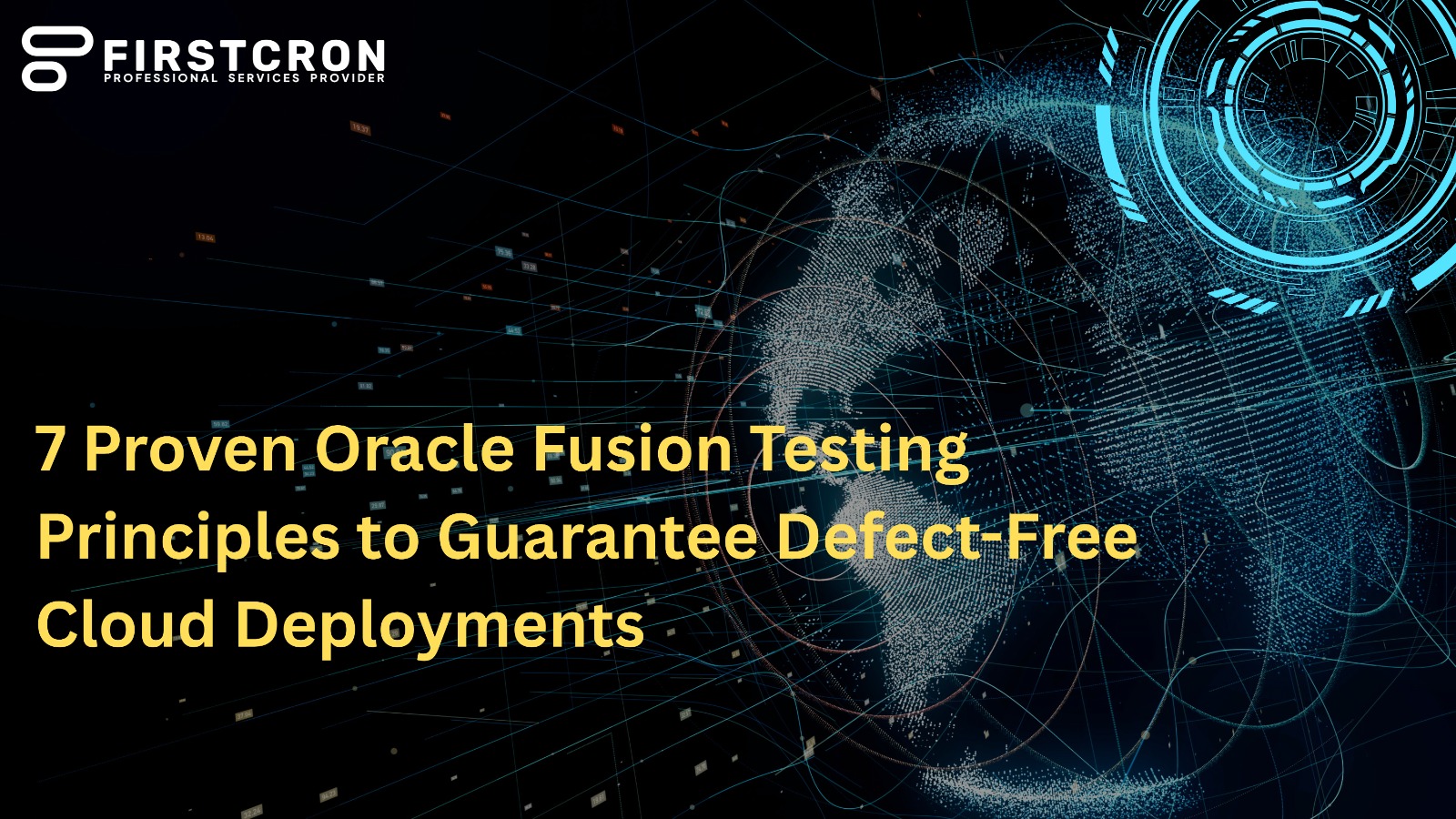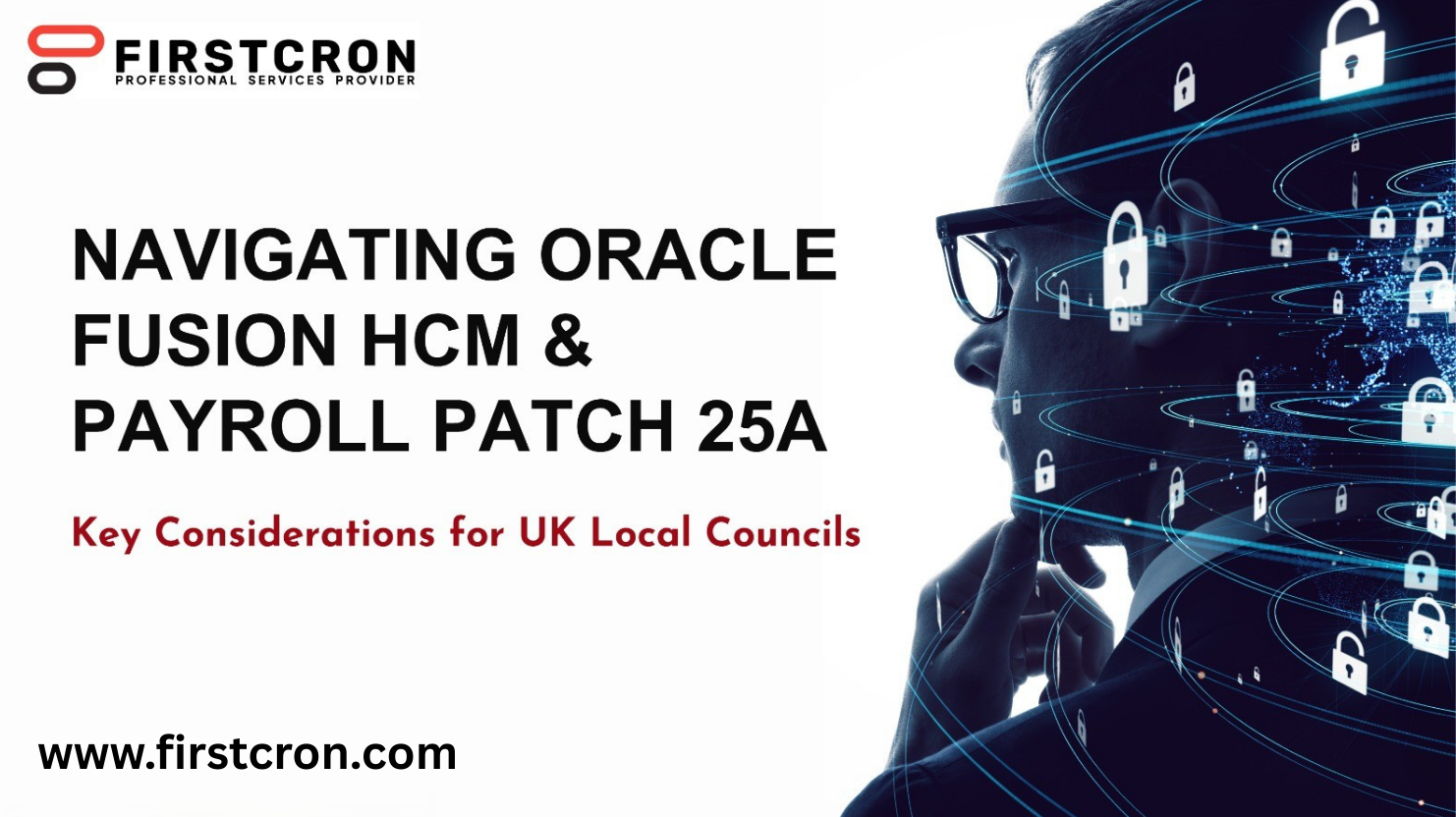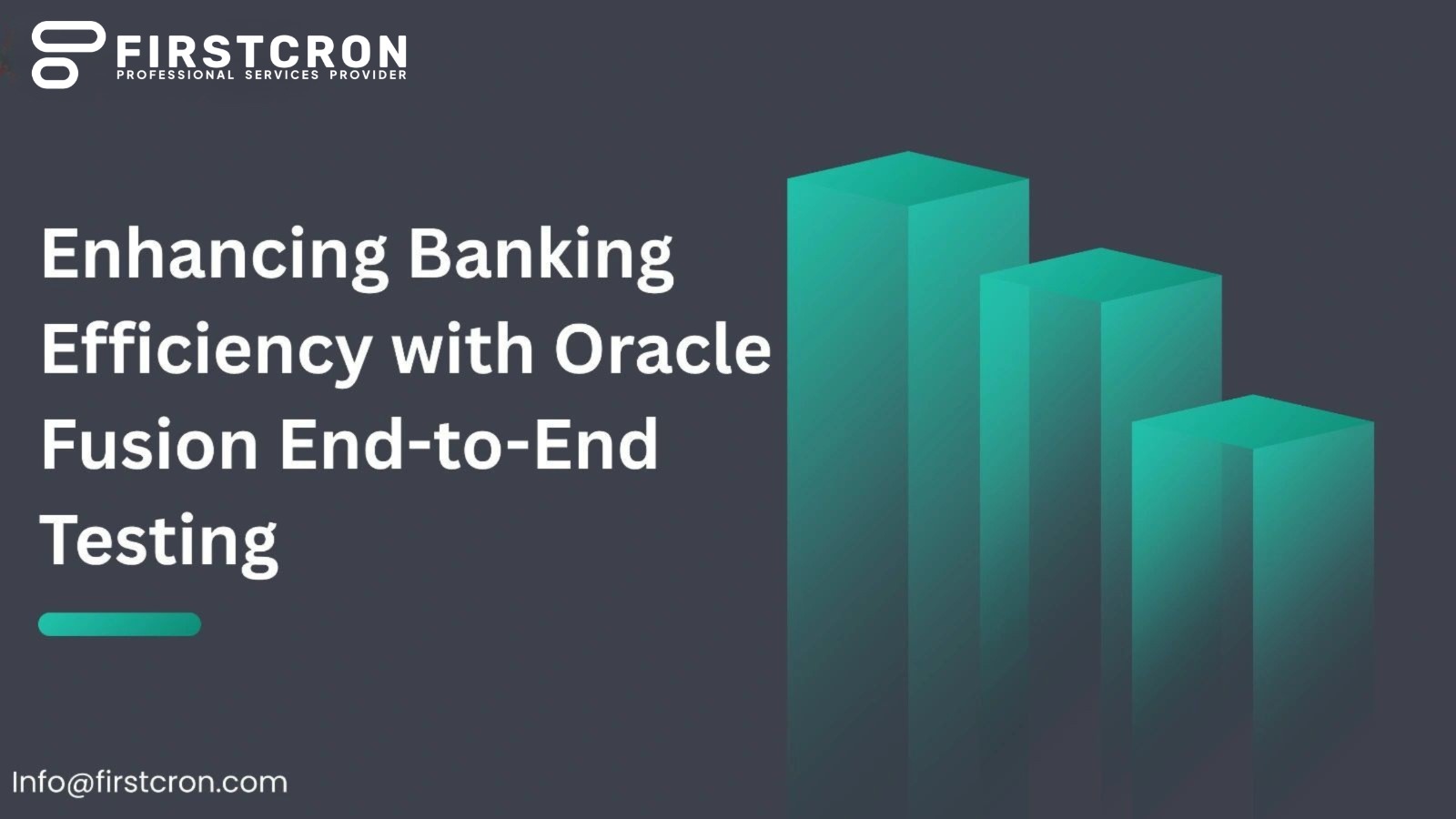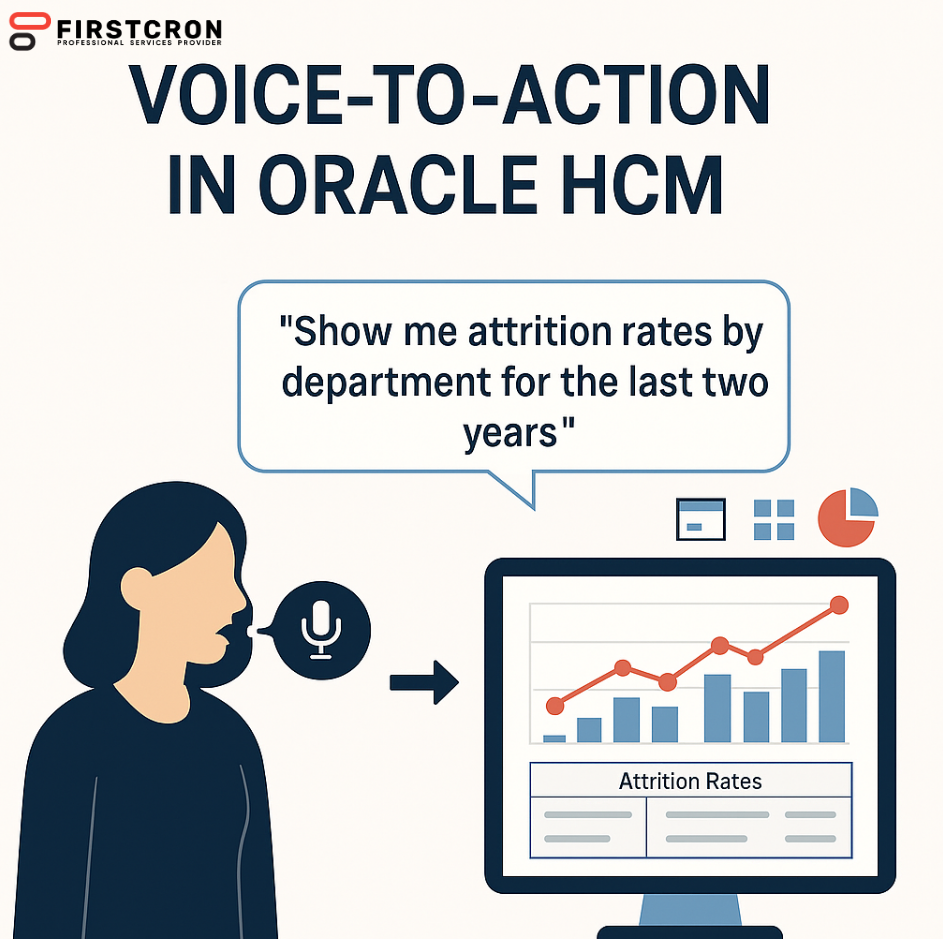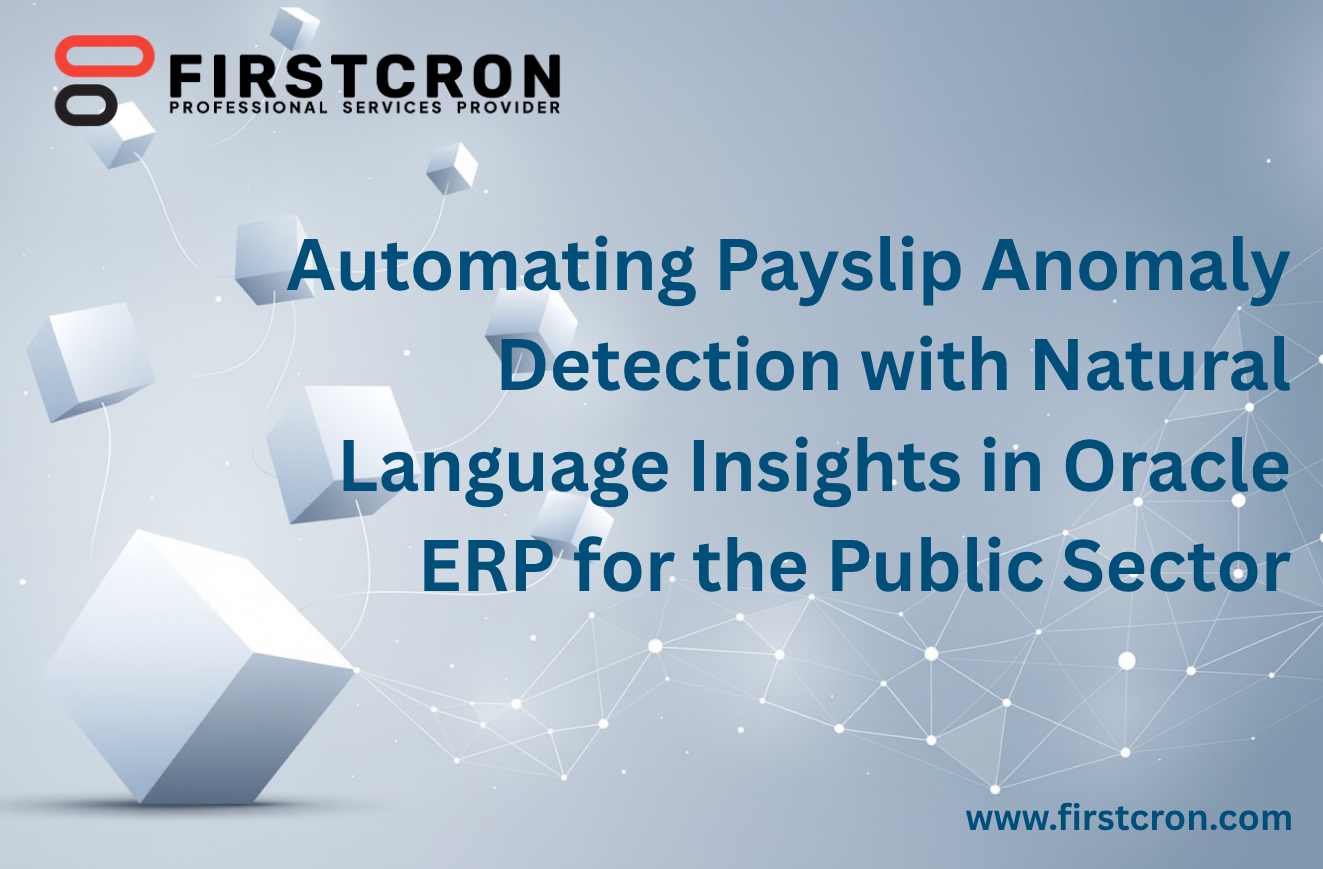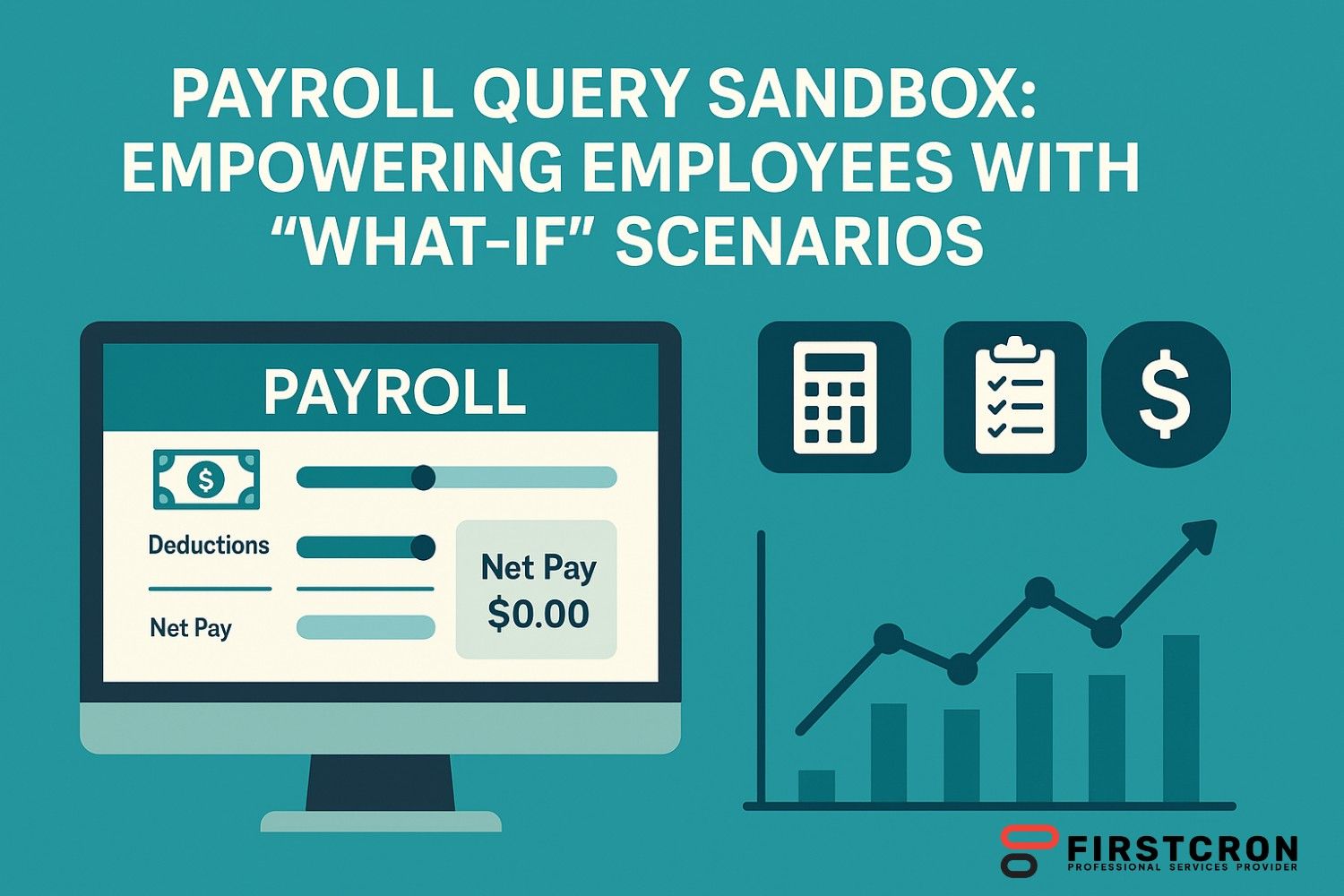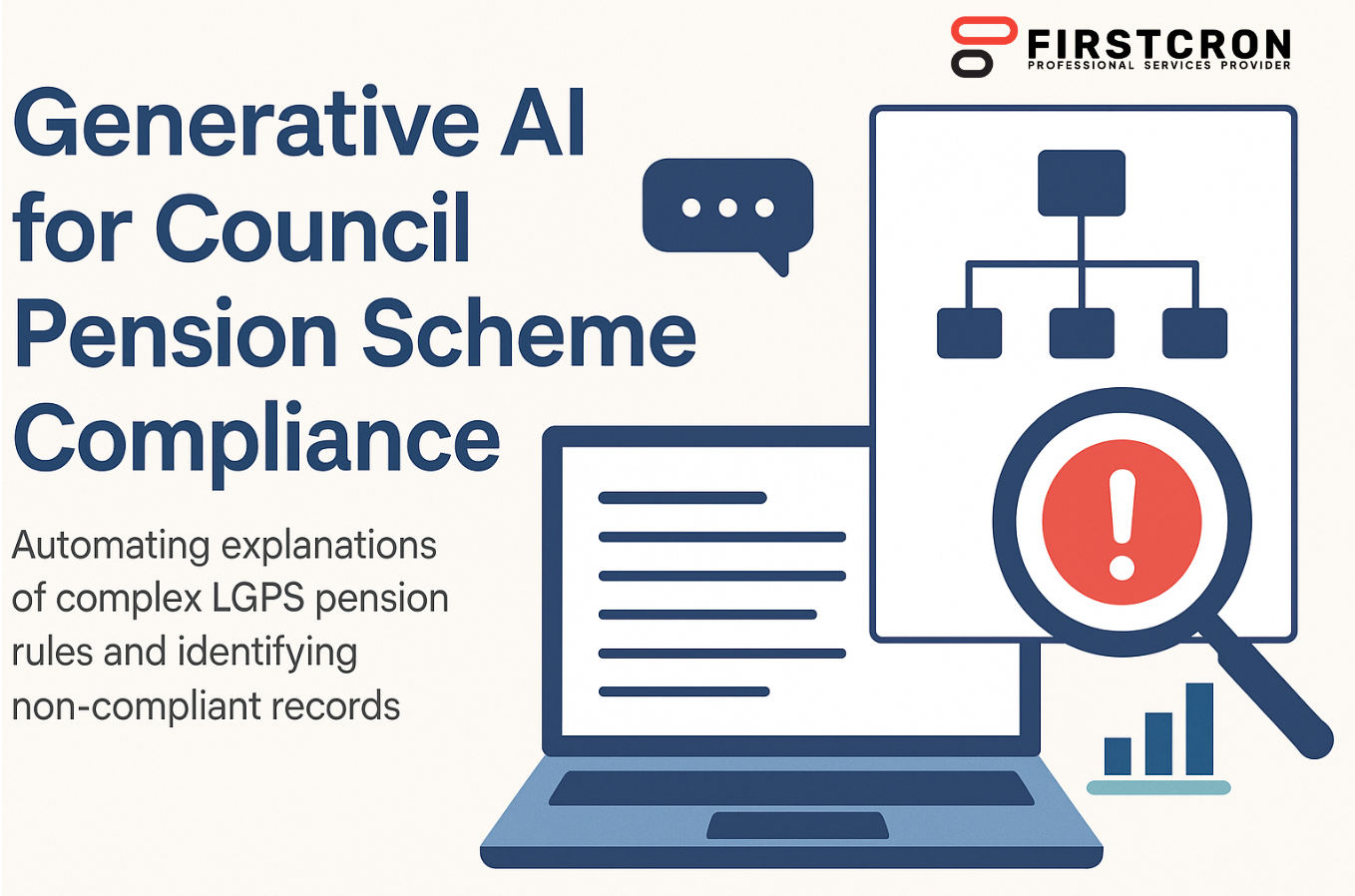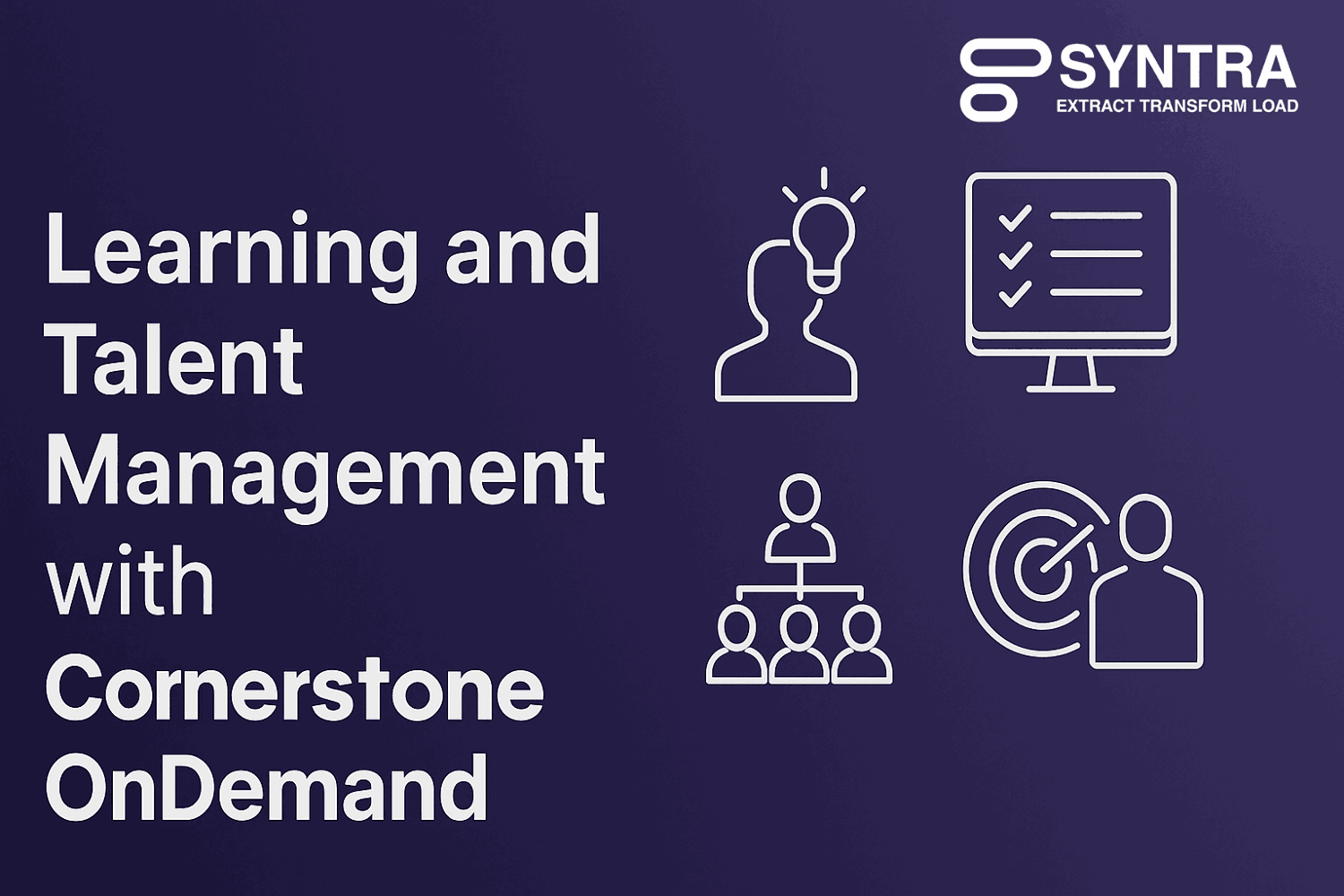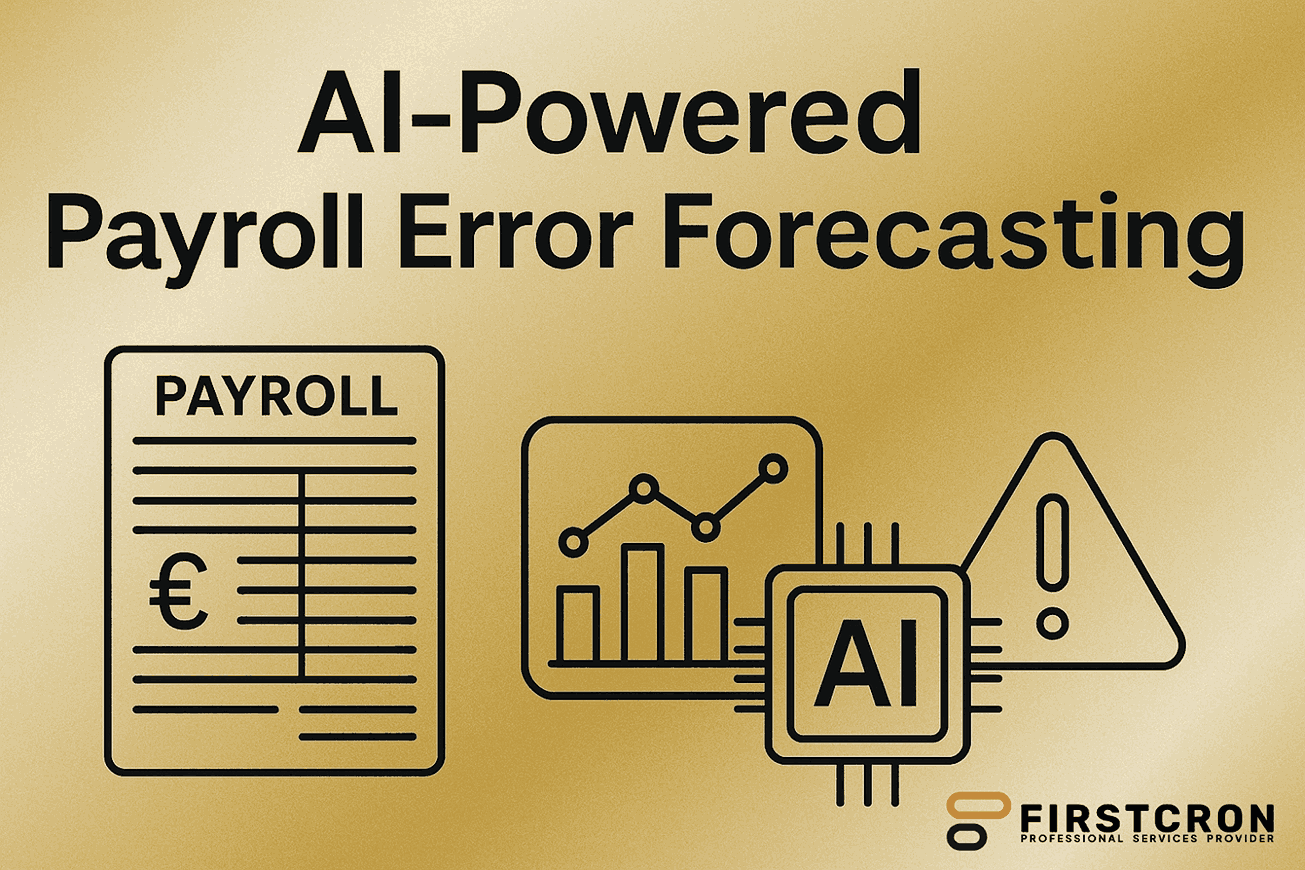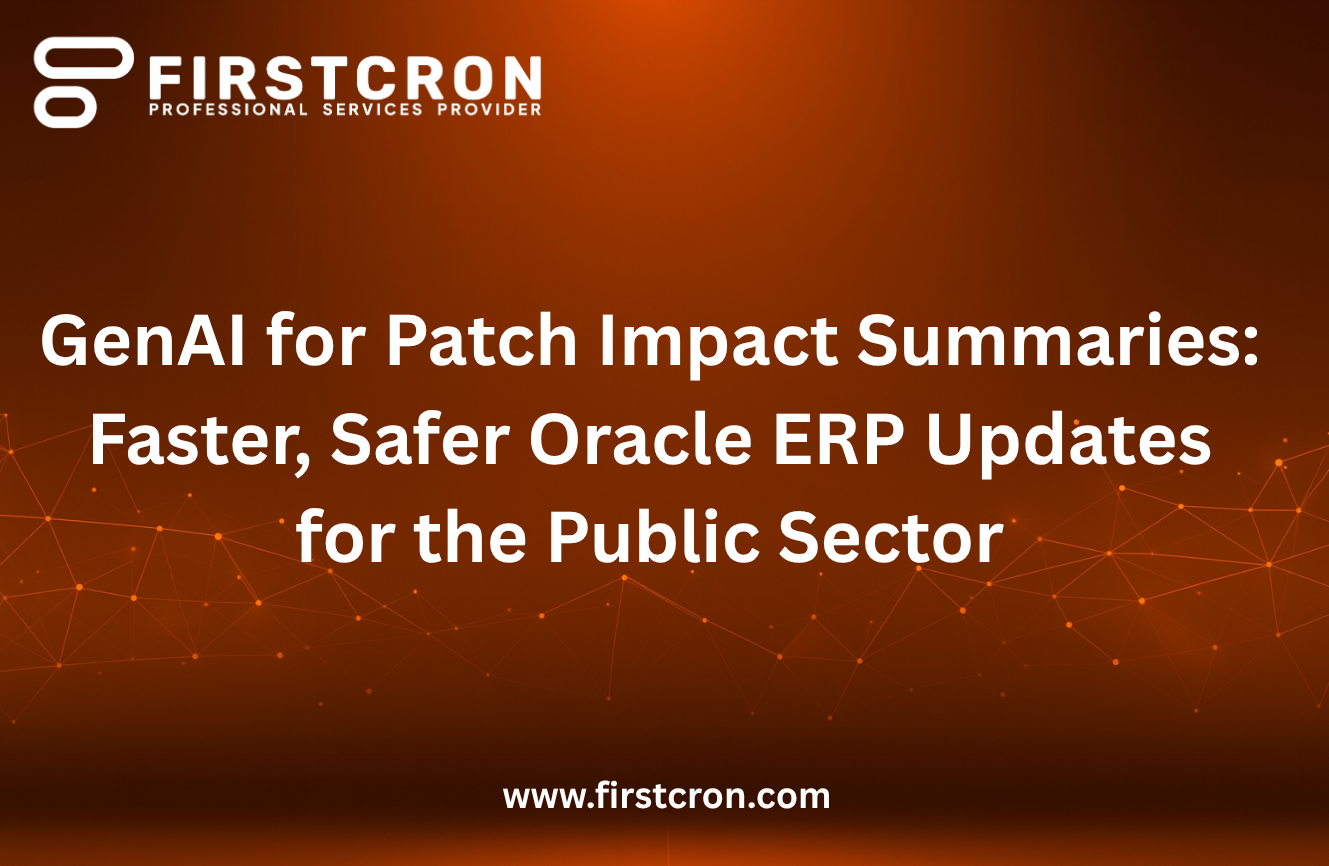
Expanding into new countries forces a choice between building local entities and finding faster, lower-risk ways to employ and pay people. An Employer of Record (EOR) and a payroll provider solve different parts of that challenge: EORs make it legally possible to hire without opening an entity, while payroll providers focus on calculating pay, taxes, and filings when you already have an entity. Understanding where each fits—and how they complement each other—prevents compliance gaps, accelerates time-to-hire, and keeps costs predictable as you scale.
In this blog we’ll cover
- What An Employer Of Record Actually Is
- What A Payroll Provider Actually Does
- Where EOR And Payroll Overlap And Diverge
- When To Choose EOR
- When To Choose A Payroll Provider
- The Combined Model Most Companies End Up Using
- Compliance Considerations That Change The Calculus
- Cost And ROI Beyond Headline Fees
- Operating Model And Process Integration
- Data Transformation That Silently Saves Hours
- Scaling Across Regions Without Losing Control
- People Experience And Employer Brand
- Migration Strategies Without Disruption
- Decision Framework To Pick The Right Path
- The Bottom Line
What An Employer Of Record Actually Is
An EOR becomes the legal employer on paper for your international hires, issuing compliant contracts, registering for taxes and social insurance, managing country-specific benefits, handling onboarding, and supporting lawful terminations. Your company directs the day-to-day work, but the EOR carries the statutory employer obligations, shielding you from misclassification risks and the delays of setting up entities, bank accounts, and local registrations.
What A Payroll Provider Actually Does
A payroll provider calculates gross-to-net, applies deductions, manages benefits and garnishments, generates payslips, withholds and remits taxes, and submits statutory reports. Crucially, payroll providers assume you already have a legal entity and compliant employment contracts in each country. They specialize in operational accuracy, deadline management, and consolidated reporting, but they do not assume the legal employer role or absorb employment-law liability.
Where EOR And Payroll Overlap And Diverge
Both EORs and payroll providers run payroll, remit taxes, and support statutory reporting, yet only EORs carry the employer-of-record responsibility. That means EORs can hire on your behalf in countries where you lack an entity, while payroll providers require that entity to exist. Many EORs bundle payroll inside their service, and many payroll providers partner with EORs, but the legal accountability line remains clear: the EOR is the employer; the payroll provider is the processor.
When To Choose EOR
EOR is ideal for testing new markets, hiring a small team quickly, spinning up project-based roles, or responding to opportunistic talent without waiting months to incorporate. It reduces up-front costs, compresses timelines, and lowers legal exposure while you gauge market fit. EOR is also a pragmatic bridge when you plan to create an entity later but need compliant hires and payroll now, with migration paths to move employees onto your own entity once volumes justify it.
When To Choose A Payroll Provider
A payroll provider makes sense once you have entities and a stable presence in-country. At that point you want efficiency at scale: accurate calculations, automated filings, integrations with HR and finance systems, multi-currency payments, and consolidated dashboards. Payroll providers shine in mature footprints, where process standardization, analytics, and cost optimization matter more than speed-to-hire.
The Combined Model Most Companies End Up Using
In practice, many organizations blend both models. They use EOR to enter new countries or maintain low headcount locations, and use a payroll provider where they already operate entities. This portfolio approach balances speed and compliance with long-term unit economics. Over time, headcount growth can trigger a pivot from EOR to entity-based payroll, while low-volume markets remain on EOR to avoid administrative bloat.
Compliance Considerations That Change The Calculus
Employment law, social security rules, data privacy, and termination procedures vary widely by country. EORs shoulder much of that legal complexity through localized contracts, benefits, and HR administration. Payroll providers ensure timely filings and accurate deductions but generally do not protect you from employment-law missteps. Choosing the right model depends on where your biggest risks lie: entity setup and labor law for new markets, or payroll accuracy and scale for established ones.
Cost And ROI Beyond Headline Fees
EOR pricing often appears higher per employee, but it bundles entity setup avoidance, ongoing compliance, and reduced legal exposure. Payroll provider fees scale more linearly and can be lower per head, but they assume you carry entity costs, legal counsel, local HR administration, banking, and audit responsibilities. A true ROI view includes time-to-hire, risk avoidance, internal effort saved, and the flexibility to exit a market without dissolving a company.
Operating Model And Process Integration
Whichever path you pick, success hinges on clean processes and data flow. With EOR, ensure clear delineation of responsibilities across your HR team, the EOR, and local managers, including SLAs for contract changes, promotions, and exits. With payroll providers, prioritize integrations with Core HR, time, benefits, and finance; define change cutoffs; and harden approval workflows. In both cases, aim for standardized data models, consistent calendars, and auditable change logs.
Data Transformation That Silently Saves Hours
The hidden heavy lift in both models is data transformation. Job structures, grades, locations, tax keys, and benefits rarely line up one-to-one across systems. Normalizing IDs, crosswalking earning and deduction codes, validating bank formats, and completing costing segments prevents failed loads and downstream suspense postings. Encoding those rules once—rather than fixing files every cycle—cuts rework, improves reconciliation, and shortens payroll close.
Scaling Across Regions Without Losing Control
As you expand, complexity scales faster than headcount. You need real-time visibility into headcount, spend, and compliance tasks; standardized onboarding and offboarding; and a single source of truth for contracts, pay elements, and calendars. EOR supports rapid geographic breadth, while payroll providers underpin depth and cost efficiency. A clear governance layer—who decides policy, who owns exceptions, and how changes propagate—keeps both tracks aligned.
People Experience And Employer Brand
Speed and compliance mean little if employee experience suffers. EOR arrangements should deliver local-market benefits, prompt support, and transparent payslips that reflect statutory norms. Payroll providers should deliver predictable pay days, accurate calculations, responsive ticketing, and localized documentation. In both models, communication is crucial: employees should understand who their legal employer is, how to raise HR or payroll issues, and what service levels to expect.
Migration Strategies Without Disruption
If you begin on EOR and later establish an entity, plan your migration like a mini-implementation. Align compensation structures and benefits, consult on continuity of service, run dress rehearsals for data transfers, and stage changes to avoid payroll cutoffs. Conversely, if entity volumes shrink, moving from entity payroll back to EOR can preserve compliance without layoffs or entity dissolution. Treat both directions as structured projects with executive sponsorship.
Decision Framework To Pick The Right Path
Start with your hiring forecast, country list, and timeline. If you need people in-market within weeks and volumes are uncertain, EOR is the default. If you already have entities and expect sustained growth, a payroll provider is the operating backbone. Many organizations land in the middle, using EOR for new or small markets and payroll providers for mature ones, with periodic reviews to rebalance the mix as the footprint evolves.
The Bottom Line
EOR and payroll providers are not competing ideas so much as complementary building blocks in a global workforce strategy. EOR minimizes barriers to entry, reduces legal risk, and accelerates hiring where you lack entities. Payroll providers industrialize accuracy, reporting, and scale where you do. By understanding their roles, designing strong processes, and investing in data transformation, you can enter markets faster, pay people correctly, and maintain the compliance posture your board and auditors expect—without writing the same story twice.
Tags
Related Post
Navigating Oracle Fusion HCM & Payroll Patch 25C: Key Issues And Solutions For UK Local Councils
July 26th, 2025 10 min read
7 Proven Oracle Fusion Testing Principles To Guarantee Defect-Free Cloud Deployments
May 16th, 2025 15 min read
Navigating Oracle Fusion HCM & Payroll Patch 25A: Key Considerations For UK Local Councils
July 27th, 2025 10 min read
7 Reasons Why Companies Are Moving From Taleo To Oracle Recruiting Cloud
June 2nd, 2025 14 min read
How End-to-End Testing Of Oracle Fusion Enhances Operational Efficiency In Banking
May 23rd, 2025 11 min read
5 Business Benefits Of Investing In AI-Powered Performance Oracle Fusion Testing
May 5th, 2025 11 min read
WEEKEND READS
Voice-to-Action In Oracle HCM: Transforming HR Queries Into Intelligent Actions With GenAI
September 5th, 2025 23 min read
Automating Payslip Anomaly Detection With Natural Language Insights In Oracle ERP For The Public Sector
August 27th, 2025 24 min read
UKG (Ultimate/Kronos) — USA And Global, Legacy-to-Modern Workforce Management
October 5th, 2025 23 min read
Successful Data Migration Completed — Now Live On Oracle Fusion
August 12th, 2025 4 min read
Payroll Query Sandbox: Empowering Employees With “What-If” Scenarios
September 17th, 2025 22 min read
Generative AI For Council Pension Scheme Compliance
September 6th, 2025 18 min read
Learning And Talent Management With Cornerstone OnDemand
October 10th, 2025 17 min read
AI-Powered Payroll Error Forecasting
September 26th, 2025 20 min read
Syntra ETL For ADP To Oracle Fusion In SAP SuccessFactors Enterprise Landscapes
October 3rd, 2025 18 min read
GenAI For Patch Impact Summaries: Faster, Safer Oracle ERP Updates For The Public Sector
August 28th, 2025 32 min read






